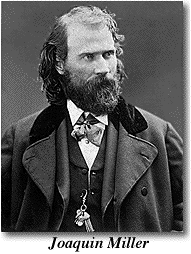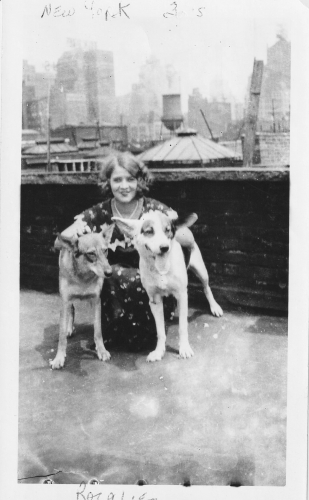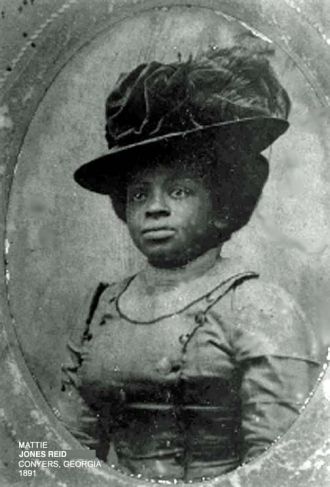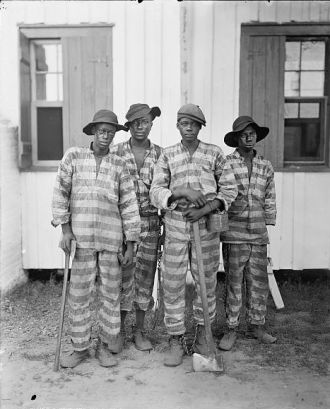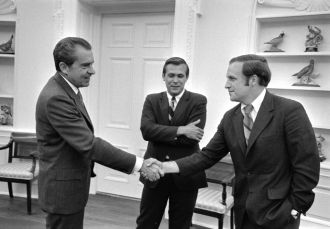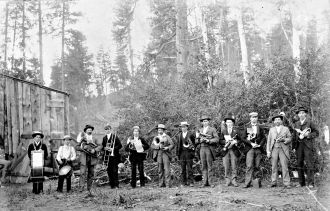Joaquin Miller Poet of the Sierras
Cincinnatus Heine (or Hiner) Miller, known as Joaquin Miller, was a poet who was born in Indiana.
He went West and did many things: mining-camp cook (who came down with scurvy from only eating what he cooked), lawyer and a judge, newspaper writer, Pony Express rider, and horse thief. On July 10, 1859, Miller was caught stealing a horse gelding valued at $80, a saddle worth $15, and other items.[6] He was jailed briefly in Shasta County for the crime, and various accounts give other incidents of his repeating this crime in California and Oregon.
Later, he became a poet, looking to Bret Harte for advice. He published several books.
Photo courtesy of the Library of Congress, J.E. Purdy, Boston
He went West and did many things: mining-camp cook (who came down with scurvy from only eating what he cooked), lawyer and a judge, newspaper writer, Pony Express rider, and horse thief. On July 10, 1859, Miller was caught stealing a horse gelding valued at $80, a saddle worth $15, and other items.[6] He was jailed briefly in Shasta County for the crime, and various accounts give other incidents of his repeating this crime in California and Oregon.
Later, he became a poet, looking to Bret Harte for advice. He published several books.
Photo courtesy of the Library of Congress, J.E. Purdy, Boston
Date & Place:
in USA

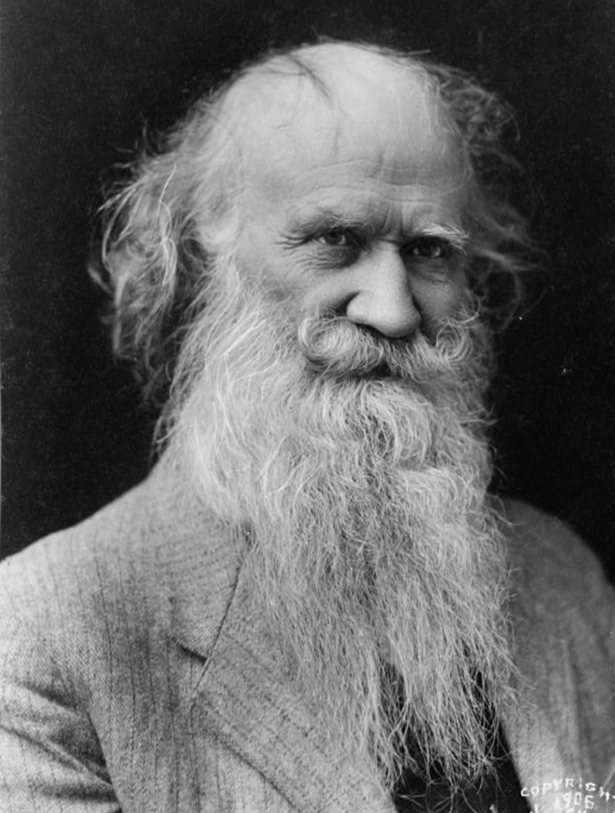
 Kathy Pinna
Kathy Pinna 
